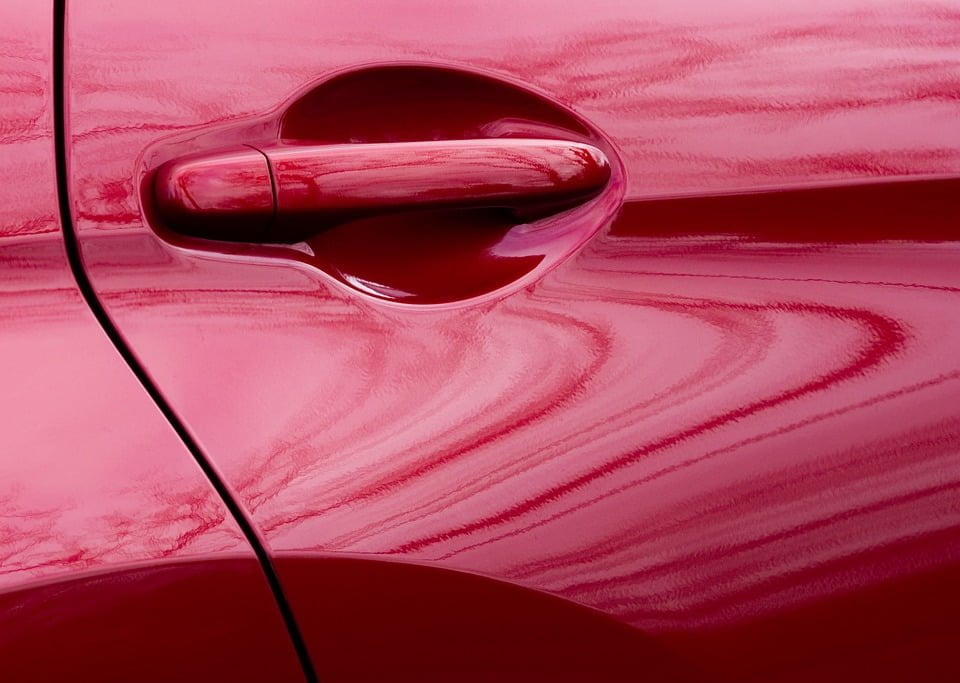How To Cure Car Paint

Perfect car paint work
In this blog post, we are going to tell you how to cure paint properly which is an essential step when you touch up your vehicle paintwork. You might not realise that is also important if a garage or body shop has performed some work on your car. Although the paint might be dried when you collect it you need to be confident it has also finished curing before you expose it to the environment.
If the paint is not fully cured then water, dirt and even strong air currents will reduce the quality of the paint finish and you won’t get that perfect glossy, gleaming finish that you should expect.
InfraTech Infrared Solutions know all about paint curing and how it is used within the automotive industry. As a provider of infrared paint curing lamps, InfraTech’s products have seen frequent use by car body shops and detailers. They have worked with several big clients including Formula One winning teams such as Mercedes and McLaren. The curing lamps are not just suitable for cars, however, having also been used by businesses in the maritime, aerospace, textiles and manufacturing industries.
In this article, InfraTech will provide some insight into what paint curing is and some of the techniques that you can use to deliver the best solution possible.
What is Paint Curing?
When a new coat of paint has been applied to a material, whether to a car’s bodywork or something else, there are two time frames that are important; paint drying and paint curing.
Paint drying can take a matter of hours and is the process where the solvents in the paint evaporate so the paint changes from a wet liquid to a dry feeling solid. However, even though the paint can feel dry when touched the chemical reaction has not yet finished.
Paint curing is when this final chemical reaction takes place. When curing occurs, the paint coating fully bonds with the base material, providing the complete solution that is typically irreversible.
Air Drying
Air drying is an accessible and cheap technique for curing paint. This method involves exposing the material to air at average temperatures and humidity. In some cases, this technique can involve hot air drying where an engineer uses a painting booth to recirculate hot air into the environment. A higher temperature is proven to quicken the process by acting as a catalyst, ensuring that the paint hardens faster.
Air drying can take up a lot of power, affecting both your energy fees and impact on the environment. External factors such as air and heat quality, humidity and boundary layers can affect the efficiency and overall quality of the process. Air drying methods such as this can take hours to complete and the car has to be kept in clean and dry conditions while this takes place.
Infrared Drying
Infratech technology is perhaps one of the best methods you can use for paint curing. This technique, as the name suggests, utilises infrared radiation as a powerful energy source. Infrared lamps emit invisible rays that can reach scorching temperatures, making it a viable method for paint curing.
Because of how infrared energy waves travel, the lamp doesn’t require direct contact with the car. It can be placed at a fair distance away making mounting simpler and safer.
As one of the fastest ways to cure paint, it can take just a few minutes for the job to be done. Infrared lamps are incredibly efficient and use little energy, meaning that body shops, garages and other businesses can save time and money. In fact, this is one of Infratech’s main selling points. Companies can focus their efforts elsewhere while the lamp takes care of the paint curing process.
